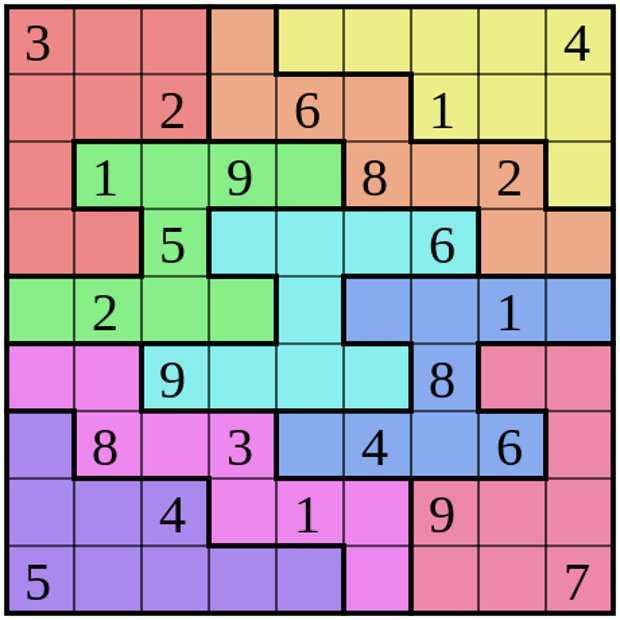The human body works in mysterious ways. There are a lot of nerves that resemble cables that are involved in running smoothly, and if something fails, the most peculiar symptoms begin to appear, like the example of an 25 chronos that only gets spasms when it solves Sudoku.
A study published this Monday in the medical journal JAMA Neurology describes the case of a 25-year-old skier from Germany, who managed to survive while trapped in an avalanche. This event took place in November 2008 and the skier before his adventure was perfectly fine in health of.
Contact with his avalanche cost a splinter rupture and a hip fracture. Though he spent a lot of time buried under the snow without enough oxygen he managed to survive until his friend who had been skiing together and who, by good luck, was a nurse and made him immediately KARPA (Cardiopulmonary revitalization).
The man was immediately transferred to hospital and there he remained for a few weeks, that is to say, for as long as the doctors judged it necessary to heal his obvious wounds.
It was then transferred to a recovery unit. And there it was discovered that when he tries to solve a puzzle Sudoku, which is one of his favorite activities, suddenly starts to have undue contractions in his left hand.
The man only experiences these symptoms when he tries to solve Sudoku. Mathematics problems as well as other brainteasers have no effect on him.
Η Live Science reports that the doctors after taking a series of tests found that 25 has a very active imagination every time he solves Sudoku, with which he manages to portray numbers in three dimensions and then tries to put them in order.
When he was caught in the avalanche, the deprivation of oxygen made a specific area of the brain known as the right centro-parietal region that works when someone uses his 3D imagination, to go into overdrive. This overstimulation in turn created uncontrollable contractions in his muscles.
His doctors prescribed anti-epileptic drugs and advised him to stay away from Sudoku puzzles.






